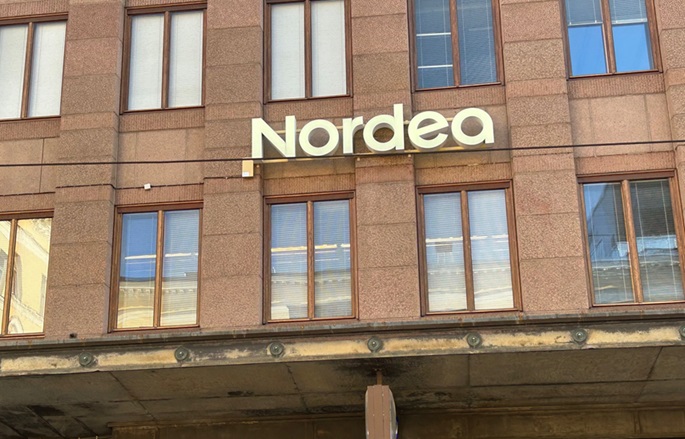Finnish economy sees growth in H1: Nordea
Published : 05 Sep 2024, 03:29
The Finnish economy in in the first six months of this year saw its first signs of growth in two years, said the largest bank in the Nordic countries Nordea on Wednesday.
Lower interest rates and the gradual recovery in consumer purchasing power are expected to steer Finland back onto a growth track.
While government spending cuts will slow down the economic recovery, they are essential for halting the growth in public debt.
“The modest growth that has long characterised the global economy continues. But much indicates that growth will increasingly be driven by Europe. There are prospects of rate cuts in most countries, but the persistently high inflation requires very careful timing and dosage of monetary policy easing,” said Helge Pedersen, Nordea Group Chief Economist.
The Nordic economies are over the worst. Norway and Denmark have been on solid footing for the past few years, while Sweden and Finland are stabilising after a period with weak economic activity.
The Danish economy is growing faster than the Euro-area economy. Low inflation is boosting consumer purchasing power.
The economists expect quarterly rate cuts until year-end 2025, which should further stimulate economic activity – and also contribute to higher home prices. Strong growth in the pharmaceutical industry also fuels activity.
Norway’s economy is in an upswing. High wage growth, lower inflation and a stable interest rate environment are driving up household purchasing power.
The NOK exchange rate may get support from rate cuts abroad and gradually pave the way for rate cuts in Norway. Norges Bank will likely wait until 2025 before cautiously cutting rates.
The worst is over for Swedish households, and conditions are in place for a recovery. The domestic economy will gradually start to pick up in H2 2024. Inflation will likely remain below but close to the 2% target. Despite rapid rate cuts in the near term, the Riksbank’s policy rate should remain at a significantly higher level than before the pandemic.


